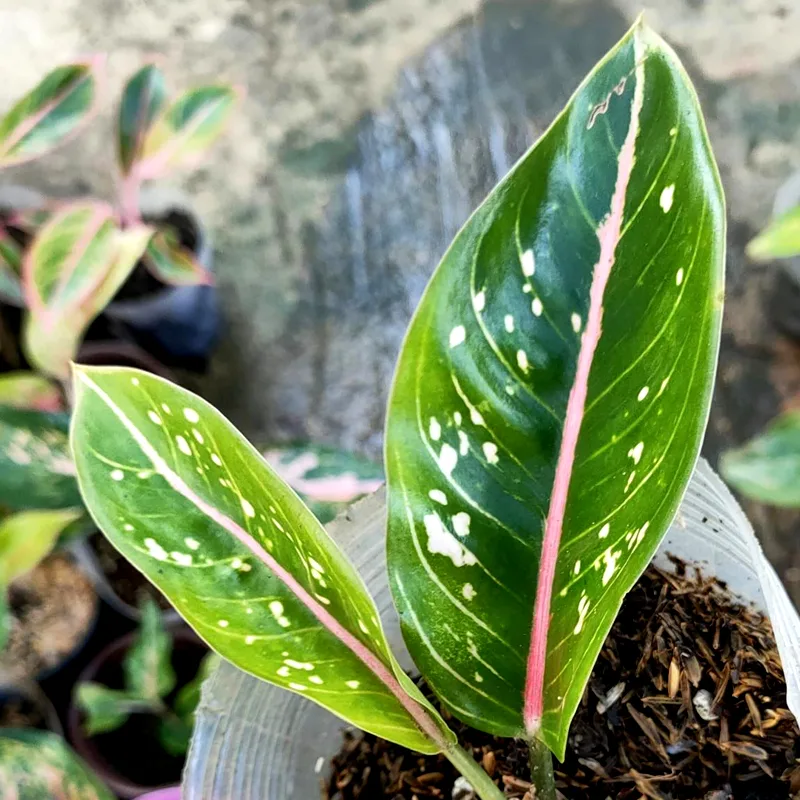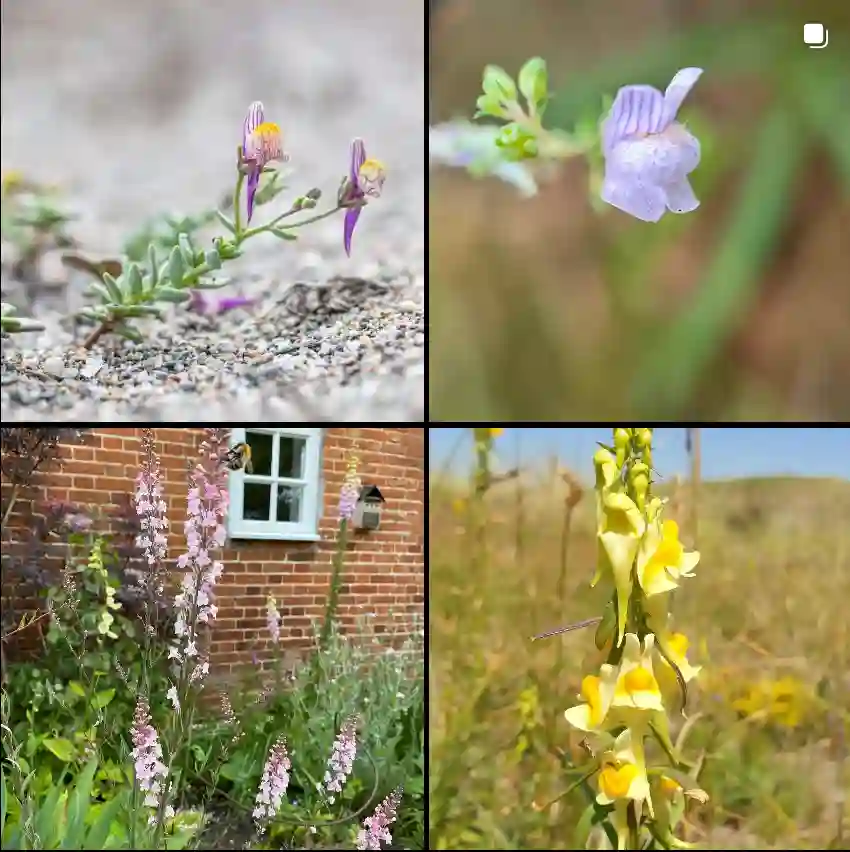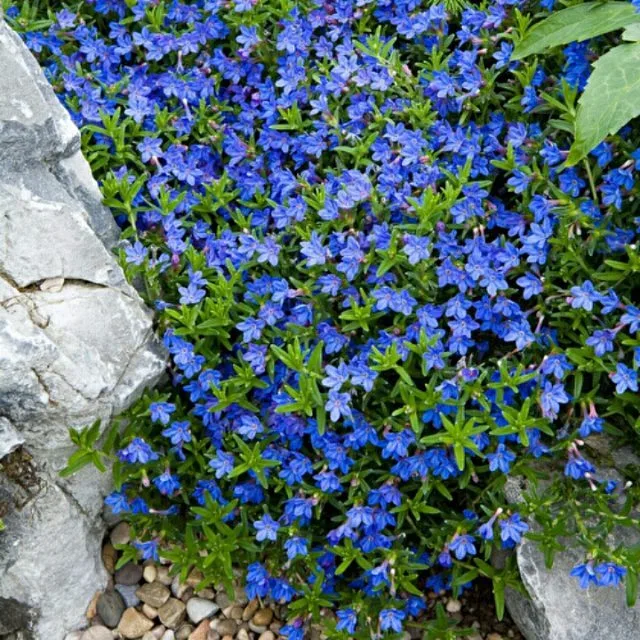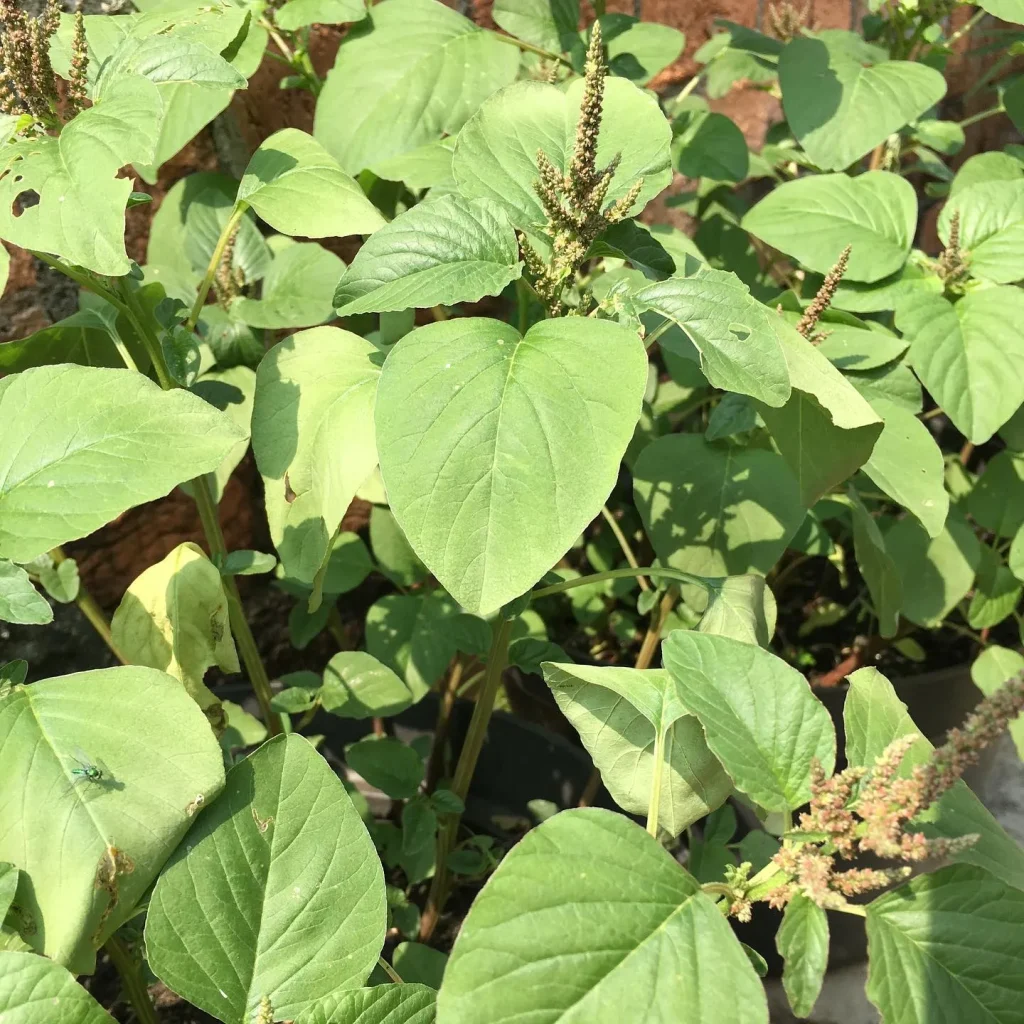FAQs About Hydrangea Miss Saori
As a passionate gardener, I’ve had my share of experiences with various plants, and Hydrangea Miss Saori is one that stands out for its stunning beauty and vibrant colors. Here’s a comprehensive guide to help you understand this magnificent shrub better.
100 Species in Genus Hydrangea
What Is Hydrangea Miss Saori?
Hydrangea Miss Saori is a deciduous shrub known for its breathtaking, lacecap blooms that change color throughout the season. It’s a part of the Hydrangea macrophylla family and is cherished for its unique, delicate flower clusters. The blooms start off with a soft pink hue and gradually transition to a deeper pink or even red as the season progresses.
Where to Plant Miss Saori Hydrangea?
When choosing a spot for Miss Saori Hydrangea, consider a location with morning sun and afternoon shade. These shrubs thrive best in well-drained soil that is rich in organic matter. Ideally, plant them in a spot where they receive morning sunlight but are protected from the harsh afternoon sun, which can scorch their leaves and flowers. Ensure the soil is slightly acidic to neutral, as this will help the plant develop its vibrant colors.
How to Care for Miss Saori Hydrangea?
Caring for Hydrangea Miss Saori involves several key practices. Watering is crucial; keep the soil consistently moist but not waterlogged. This plant benefits from a layer of mulch to retain moisture and regulate soil temperature. Fertilize it with a balanced, slow-release fertilizer in early spring and again in mid-summer. Pruning is important to maintain its shape and promote healthy growth. Prune after flowering to avoid cutting off next year’s buds.
How to Propagate Miss Saori Hydrangea?
Propagation of Miss Saori Hydrangea is typically done through cuttings or layering. For cuttings, take a 4-6 inch section of a healthy stem with several leaves. Dip the cut end in rooting hormone and plant it in a pot filled with a mix of peat and perlite. Keep the soil moist and place the pot in a shaded area. Once roots develop, transplant the cutting to a permanent location. Layering involves bending a low-growing branch to the ground and covering it with soil. After it roots, you can separate the new plant from the parent.
What to Plant with Miss Saori Hydrangea?
Companion plants for Miss Saori Hydrangea should complement its beauty and share similar growing conditions. Consider planting hostas, astilbes, or ferns alongside it. These plants thrive in similar conditions and add texture and contrast to the garden. You can also pair it with other shade-loving perennials or ornamental grasses for a varied and lush garden bed.
Can You Grow Miss Saori Hydrangea Indoors?
While Miss Saori Hydrangea is typically grown outdoors, you can grow it indoors with some considerations. Ensure it gets plenty of light—preferably from a south-facing window. Indoor humidity levels can be a challenge, so consider using a humidifier or placing the plant on a pebble tray filled with water. Regular watering and feeding will also be necessary to keep it healthy indoors.
Is Miss Saori Hydrangea Toxic?
No, Miss Saori Hydrangea is not considered toxic to humans or pets. However, it’s always wise to prevent pets from chewing on plants, as ingesting large amounts of plant material can sometimes cause mild digestive upset.
Benefits of Growing Miss Saori Hydrangea
One of the main benefits of growing Miss Saori Hydrangea is its exceptional beauty. Its vibrant and ever-changing blooms add a splash of color to any garden. Additionally, the plant is relatively low-maintenance once established, making it a great choice for gardeners of all experience levels. Its attractiveness to pollinators, like bees and butterflies, is another benefit, enhancing the ecological value of your garden.
Common Problems with Miss Saori Hydrangea
Like any plant, Miss Saori Hydrangea can face some common issues. One of the main problems is leaf discoloration, often caused by insufficient water or nutrient imbalances. Another issue is powdery mildew, which can be managed by ensuring good air circulation and avoiding overhead watering. If the plant is not blooming as expected, it could be due to improper pruning or incorrect watering practices.
Comparing Miss Saori Hydrangea with Similar Varieties
When comparing Miss Saori with other hydrangea varieties, such as Hydrangea Endless Summer or Hydrangea Annabelle, you’ll find distinct differences. Endless Summer is known for its reblooming capability, while Annabelle features large, round blooms. Miss Saori, on the other hand, is celebrated for its unique lacecap flowers and stunning color changes throughout the season. Each variety has its unique appeal, so your choice may depend on specific garden conditions and aesthetic preferences.
Hydrangea Miss Saori truly is a gem in any garden, offering elegance and beauty with relatively straightforward care. Whether you’re planting it in your garden or considering it for indoor growth, this hydrangea variety promises to be a standout feature with its striking blooms and easy-going nature.



